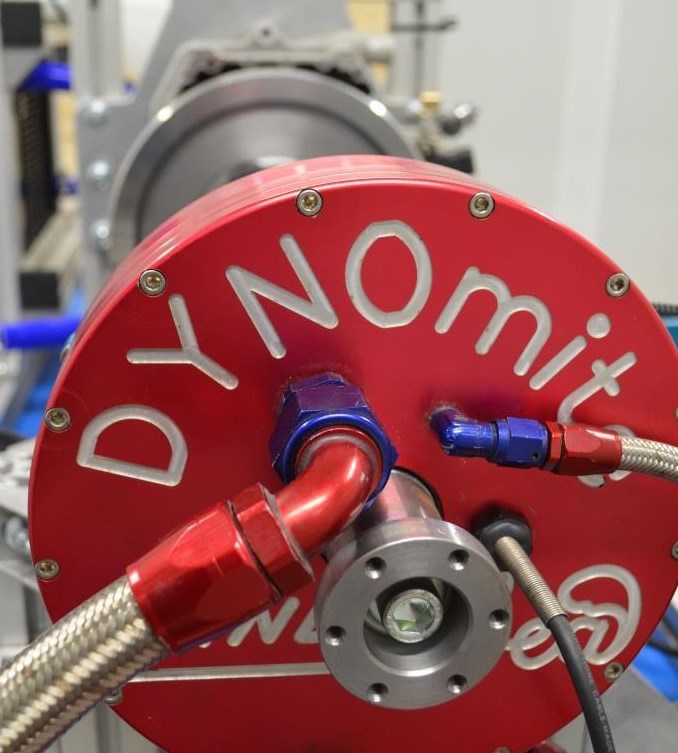AIE install advanced Dyno Test Cell installation to aid development of world-class rotary engines

Following the installation of a market-leading Prop Test Cell, Advanced Innovative Engineering (AIE) have added a state-of-the-art Dyno Test Cell to their premises in Lichfield.
The company, who design, develop and build market-leading rotary engines using patented technology, already use a computer controlled Prop Test Cell to develop their engines. While this test cell helps control variables such as temperature, fuel flow and pressure, the brand new Dyno test cell will help the engineers to measure the horse power and torque of their market-leading engines.
Nathan Bailey, Managing Director of AIE, said: “We’re using patented cooling technology to develop and build rotary engines that have a high power to weight ratio, are long lasting and offer a low total cost of ownership.
“To do this we need to be able to put our engines through their paces. Rigorous testing of all our products is essential for both us and our customers and that’s why we have made this significant investment in a brand new Dyno Test Cell.”
The Dyno Test Cell allows more accurate engine testing by providing a uniform test environment and creating a safer environment for test technicians. Designed to help AIE develop their range of rotary engines, it has been installed at the company’s premises in Lichfield, in the heart of the UK’s aerospace design and manufacturing industry.
Recent Posts
- Advanced Innovative Engineering Demonstrates Revolutionary Heavy-Fuel Wankel Rotary Engine at December Demonstration
- AIE Launches Project HYDRA: Pioneering Hydrogen-Powered Rotary Engines for a Sustainable Future
- Advanced Innovative Engineering (AIE) and Brunel University Partner to Develop Biofuel-Powered Rotary Engines for a Sustainable Future
- Advanced Innovative Engineering (AIE) Launches Additive Manufactured 40ACS Air-Cooled Wankel Rotary Engine
- AIE to Unveil New Air-Cooled Rotary Engine at DroneX 2024
- AIE Shortlisted for Prestigious Innovation Awards 2024
- AIE named finalist in Innovation, Science and Technology Category at Staffordshire Chambers Business Awards 2024
- AIE’s 225CS Engine Beats the Heat in AFRL Flight Testing
- Lightweight power for
- AIE awarded AS9100D for excellence in Quality Management.



